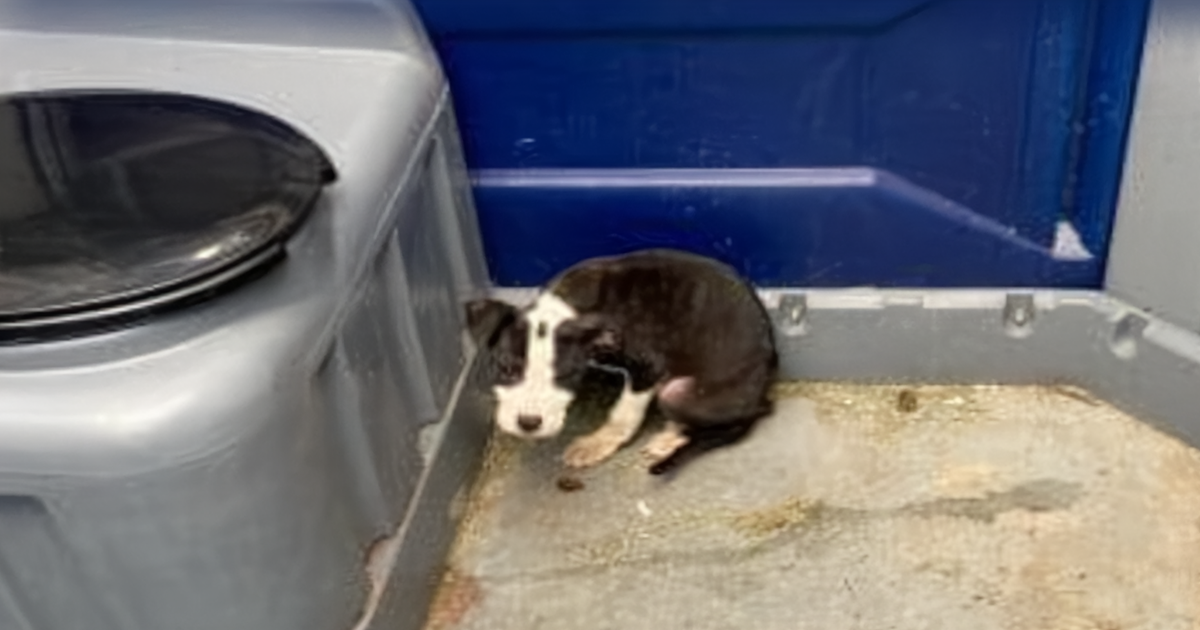
Kate Barrington / Cats.com
Limited-ingredient cat food relies on a short list of high-quality ingredients to deliver balanced nutrition. These products are often formulated with a single source of animal protein to optimize digestibility and limit adverse food reactions.
As it applies to commercial cat food, the term “limited-ingredient” is comparative and not clearly defined. However, several key features differentiate products in this category from the typical kibble or canned food. If your cat is struggling with digestive issues or food allergies and your veterinarian recommends a limited-ingredient diet (LID), we’re here to help.
In this guide, we’ll discuss what limited-ingredient cat food looks like and the benefits it might provide for certain cats. We’ll also offer recommendations for the top 10 LID cat foods on the market.
At a Glance: Best Cat Food With Limited Ingredients To Buy
Best Wet Food
9.5
Picked by 25 people today!
Ziwi Peak Lamb Recipe Canned Food
Made with a single source of novel protein
Carnivore-appropriate blend of meat, organs, and bone
Rich in animal-sourced omega-3 fatty acids
Why Trust Cats.com
Over the past five years, I’ve tested dozens of cat food brands and countless different recipes. More importantly, I have 10 years of experience feeding a cat with numerous food allergies. Drawing on a combination of personal experience and in-depth research into limited-ingredient diets, I selected 10 products for at-home testing.
When making my selections, I prioritized meat-focused formulas—especially single-protein recipes—with short lists of easily digestible recipes. I put these products to the test with my two cats, Biscuit and Munchkin. I discerned their opinions about each food, and made practical observations about the products. I also analyzed each product’s nutritional breakdown, researched the brand’s history, and read hundreds of customer reviews.
The 10 Best Limited Ingredient Cat Food Brands
When shopping for LID cat food, there are two easy ways to narrow down the options. The first option is exclusionary—shop for products that don’t contain ingredients you know your cat is allergic or sensitive to. The second is inclusionary—limit your search to products that feature protein or carbohydrate sources you know your cat can tolerate.
To help you find the right limited-ingredient cat food for your cat, we’ve broken down our recommendations by food type, life stage, and key ingredients. We consider a variety of factors in determining our recommendations, so our top pick might not be the best option for your cat. In many cases, finding the right LID takes some trial and error.
What To Look for in Cat Food With Limited Ingredients
Kate Barrington / Cats.com
In theory, limiting the number of ingredients in your cat’s diet—specifically the number of protein and carbohydrate sources—might improve its digestibility. Because of this, limited-ingredient diets are frequently recommended for cats struggling with digestive issues or food allergies.
There’s no standard for how many ingredients a limited-ingredient cat food product should contain and no special rules regarding product formulation, manufacturing processes, or even ingredient quality. A product doesn’t even have to have “limited-ingredient” or “LID” in the name.
It’s often the task of the cat owner to identify LID cat food by comparing it with other products. Prioritizing products that provide complete and balanced nutrition appropriate for your cat’s life stage, here are some qualities to look for in a limited-ingredient cat food:
Short List of Main Ingredients
Most commercial cat foods contain synthetic nutrient supplements and additives to improve the flavor, texture, or cohesiveness of the product. Limited-ingredient cat food might still contain these but the bulk of the formula comes from a short list of high-quality ingredients.
Look for a product that contains fewer than 10 main ingredients divided between the recipe’s protein, fat, and carbohydrate sources. You can consider anything that appears before the first nutrient supplement as a main ingredient.
Single Source of Protein
Many limited-ingredient cat foods contain a single source of protein and some contain a single source of carbohydrate. If your cat has food allergies, it’s important to identify the specific allergen and look for an LID that doesn’t contain it. Many LID cat foods contain novel proteins like lamb, venison, turkey, duck, or rabbit.
Easily Digestible Ingredients
As obligate carnivores, cats are better equipped to digest animal products than plants. Look for a limited-ingredient recipe that relies primarily on animal-sourced protein and fat. Aim for dry matter carbohydrate content under 10% and prioritize nutritious carbohydrates (like whole grains and vegetables) over nutrient-depleted starches and hard-to-digest beans and legumes.
Your veterinarian is a valuable resource for diagnosing and resolving your cat’s dietary concerns. If you suspect food allergies, your vet might recommend an elimination diet for your cat to identify the allergen, followed by a long-term limited-ingredient diet.
Frequently Asked Questions
What is a limited ingredient diet?
A limited-ingredient diet contains fewer ingredients than the average cat food. These diets often contain a single source of protein and/or carbohydrate. They’re often made with novel proteins, especially for cats with allergies or sensitivities to common proteins.
Is less ingredients better in cat food?
Sometimes, as long as the food is still nutritionally balanced. The fewer the ingredients, the less there is for your cat to have a negative reaction to. Limited-ingredient cat foods might also be easier for your cat to digest, though the quality and bioavailability of the specific ingredients plays a role. That said, limited-ingredient cat food isn’t always healthier—it depends on the specific formula.
What ingredients should I avoid in cat food?
The best cat food only contains ingredients your cat can easily digest and obtain nutrients from. Because cats are carnivores, animal-sourced ingredients are generally more appropriate than plant-based ingredients. The worst cat food ingredients to avoid, however, include things like artificial colors and flavors, synthetic preservatives, and other potentially harmful chemical additives.






